How do we control our breath?

As we get older, we are able to understand more about how to control our breath and our voice. To perform more challenging music, we have to be able to sing for longer without taking a new breath.
Have a go at this breathing challenge:
- Lie on the floor and balance a soft toy on your tummy.
- Take a deep breath in. What happens to the toy?
- Now imagine you are slowly blowing up a balloon. What happens to the toy this time?
By practicing breathing like this, we are exercising our diaphragmLocated beneath the lungs, the diaphragm is the the main muscle in the body used for breathing.. By using our diaphragm to properly to support our lungs, we can take bigger breaths and let them out very slowly.

What is phrasing?
When we are singing, we have to think about where to breath. Breathing in the middle of a sentence will sound messy and change the meaning of the song. This is known as phrasing.
A phrase is a musical sentence. It's similar to punctuation in a story. It helps us make our performance more interesting.
Composers write phrasing on the music shown by a big curved line.
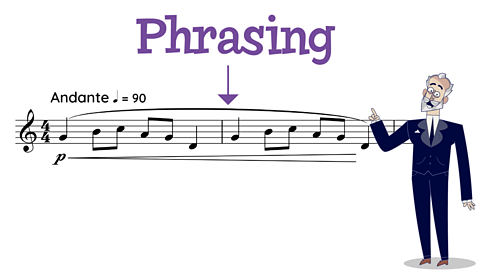
Watch: Singing with phrasing
Watch what happens when the choir changes the phrasing in this song. It puts emphasis in the wrong place for the music and therefore changes the emotion of the song.
I walked across an empty land.
I knew the pathway like the back of my hand.
I felt the earth beneath my feet.
Sat by the river and it made me complete.
I walked across an empty land.
I knew the pathway like the back of my hand.
I felt the earth beneath my feet.
Sat by the river and it made me complete.

If you are singing as a group, by working together, you can perform a much longer phrase, by staggering your breathing.
This requires singers to breath very quietly at different points, to ensure someone is always singing.
What is range?

Range is the distance between the highest and lowest pitch you can sing.
As we grow, our voice changes. Boys go through this in a more obvious way with their voice breaking, which means they can then sing lower. Girls' voices will also mature but this usually happens later.
In a choir, singers are split into parts depending on how high, or how low their voice can go.


Traditionally, choral music was written in four parts.
Soprano - the highest female part.
Alto - the lowest female part.
Tenor - the highest male part.
Bass - the lowest male part.
All our voices are unique. Some females have amazing low tones to their voice, so could sing tenor. Some male singers can reach soaring high notes.
What are the different parts to our voice?
Each of us has different parts to our voice. These are often called our head and chest voice.
Humans don't actually have two voices but this describes the different timbreThe quality of the sound that makes a voice or instrument sound unique. our voice creates in the low range and upper range. They use different vocal cords.
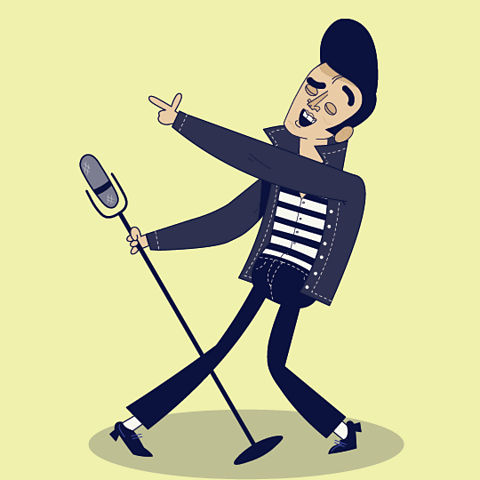
Chest voice
- The chest voice uses our thicker vocal folds.
- This voice can often be naturally loud and more shouty.
- This can feel like the stronger part of our voice.


Head voice
- The head voice uses our thinner vocal folds.
- This voice can sound airy and floaty when well supported by our diaphragm.
- This part of our voice requires good posture and lots of space in our head to get the best sound.
Have a go at this vocal challenge: Using an 'oo' sound, make your voice slide between low and high notes. Can you hear the switch in your voice?
Singing and wellbeing
One of the best things about singing is it's good for us, especially when doing it as part of a group.
It can also help our bodies.
- The breathing involved with singing helps our bodies de-stress.
- Singing helps our bodies release hormones such as endorphins which help us to feel good.
- There is even research by scientists to show how singing helps keep our brain healthier for longer because of increased oxygen going to it.
So don't delay, start singing today!
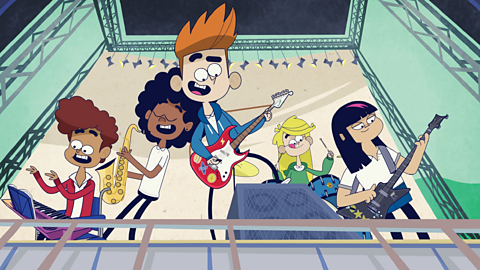
Activities
Quiz
Bitesize Primary games. gameBitesize Primary games
Play fun and educational primary games in science, maths, English, history, geography, art, computing and modern languages.

More on Singing
Find out more by working through a topic
- count4 of 6
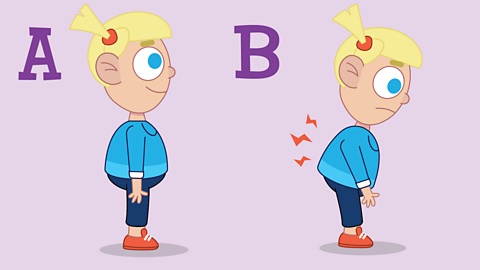
- count5 of 6
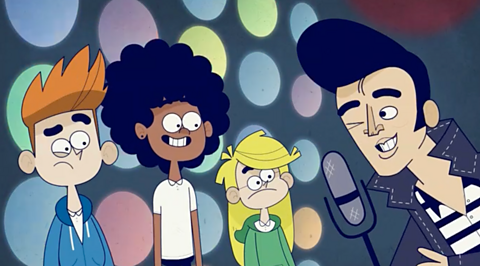
- count6 of 6

- count1 of 6
